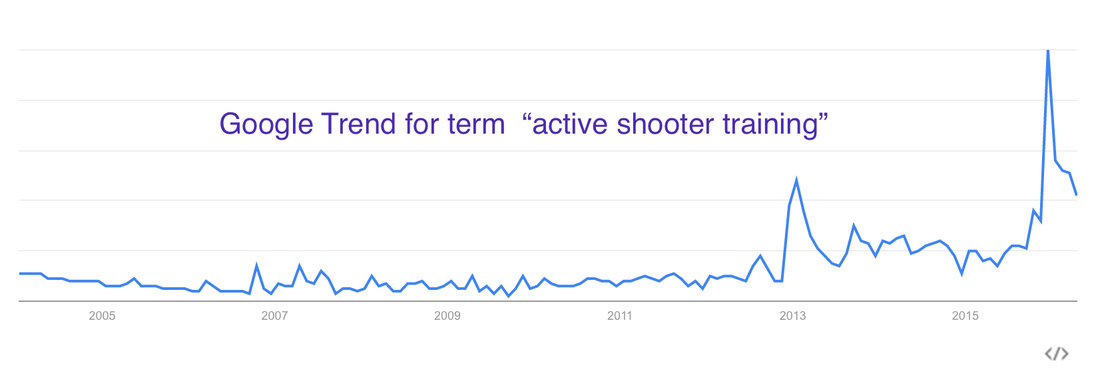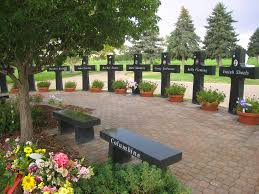Active shooter training classes geared towards civilians (as opposed to training for law enforcement on how to respond to an active shooter event) are popping up all over the country. Police departments, schools, and businesses are conducting training sessions in towns, cities, and schools all over the country. In addition, the Federal Emergency Management Agency (FEMA), under the umbrella of the Department of Homeland Security (DHS), offers an independent study course on how to prepare for and respond to active shooter events. Similarly, the Advanced Law Enforcement Rapid Response Training Center (ALERRT), which trains law enforcement and first responders on dealing with active shooters, has developed a course for civilians entitled Civilian Response to Active Shooter Events (CRASE).
The point is that there is training available to individuals wanting to learn more about active shooters and how to prepare for and respond to an active shooter event. Don't think that you need to be a police officer or on a SWAT team to qualify for training. Many of these sessions are specifically geared toward civilians looking to gain a better understand of active shooters.
See for yourself if there is civilian training available where you live. A quick internet search will probably uncover a number of options, and if you live in a place where there aren't in-person training options, take the self-directed FEMA/DHS course.







 RSS Feed
RSS Feed
